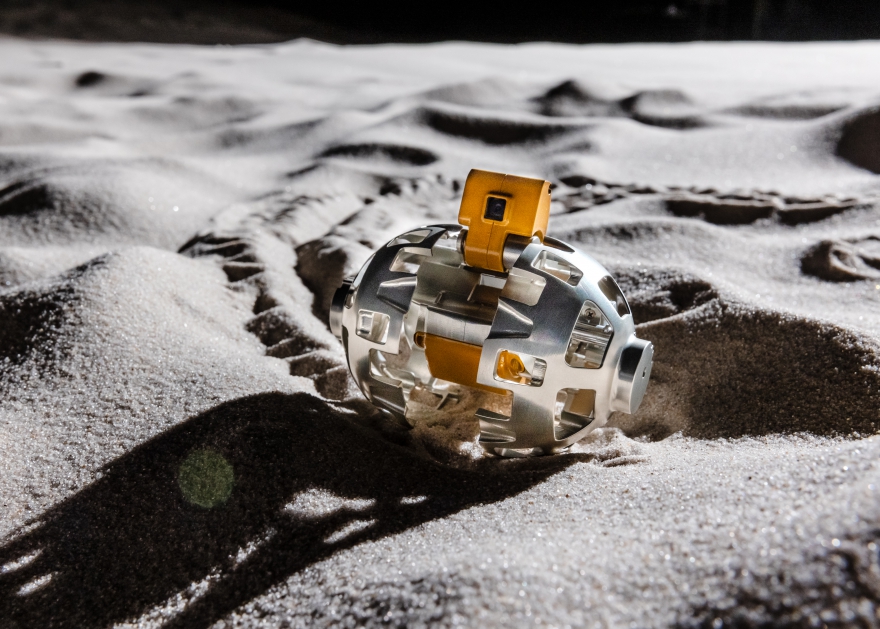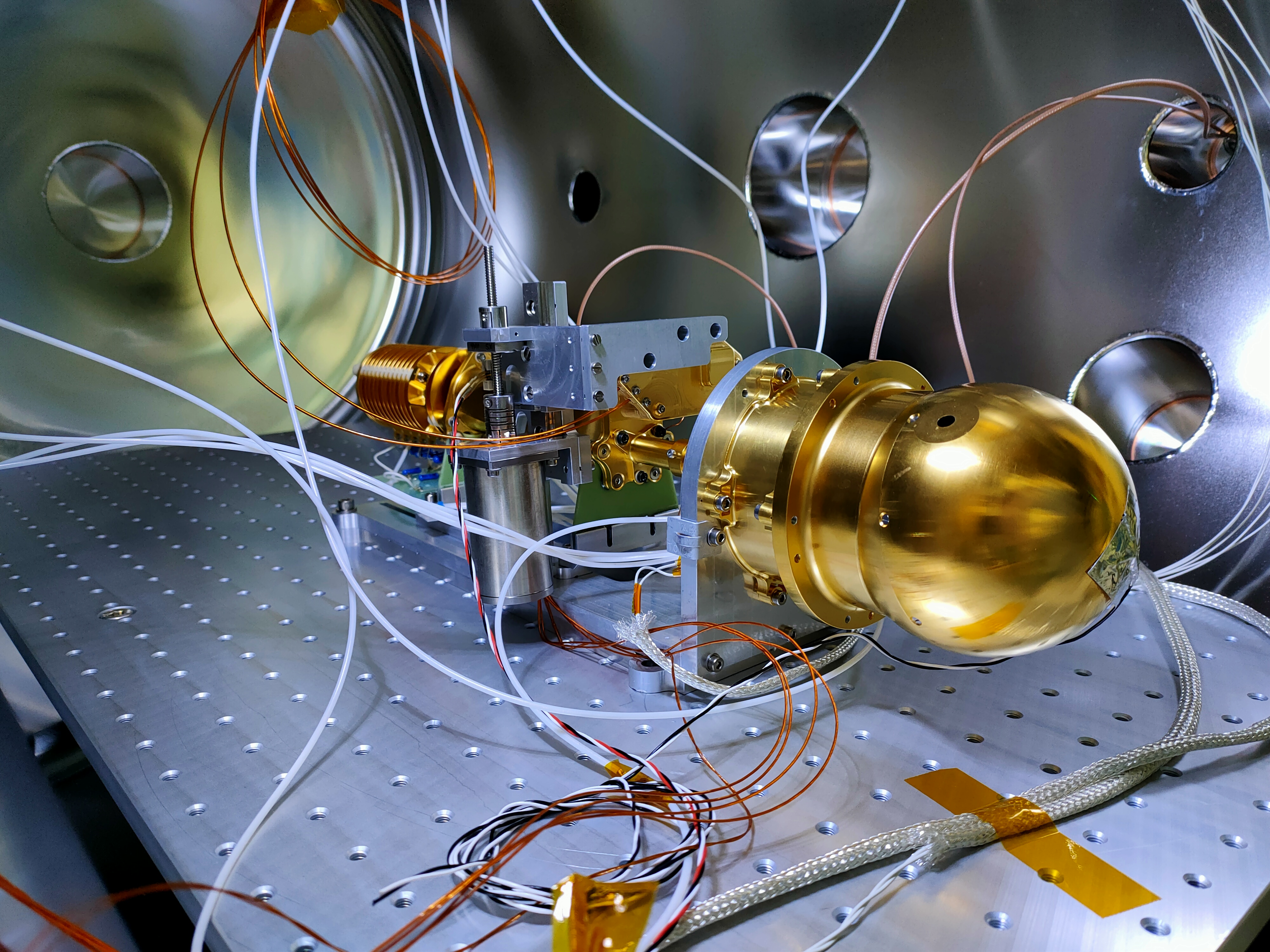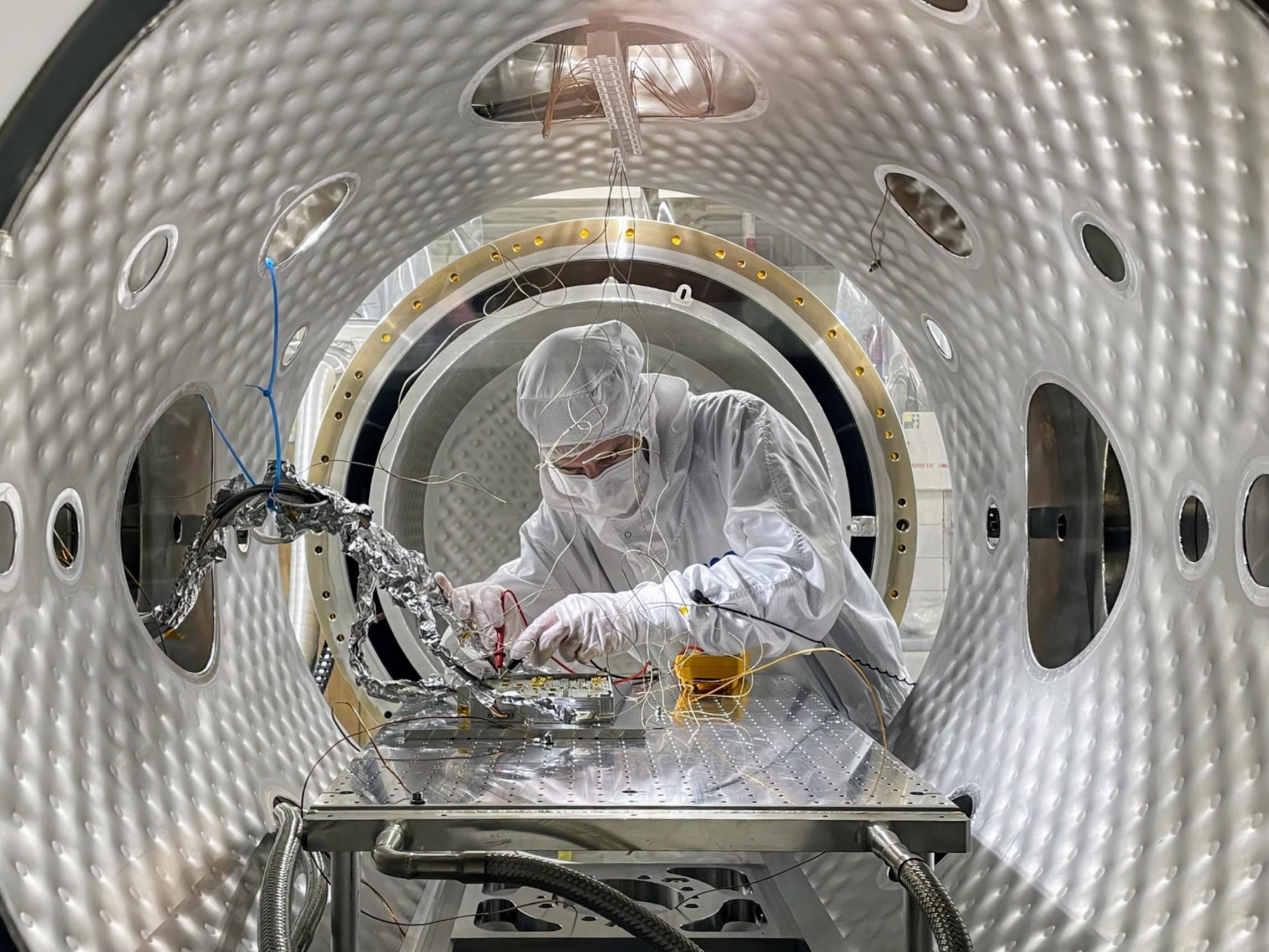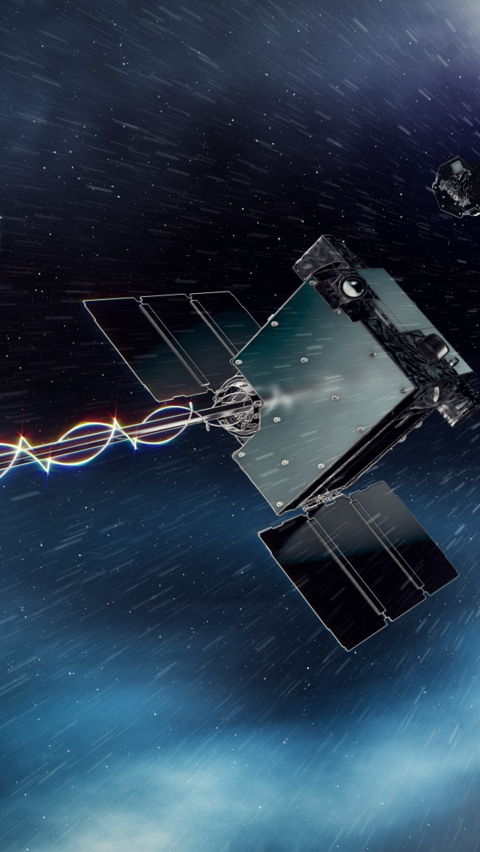
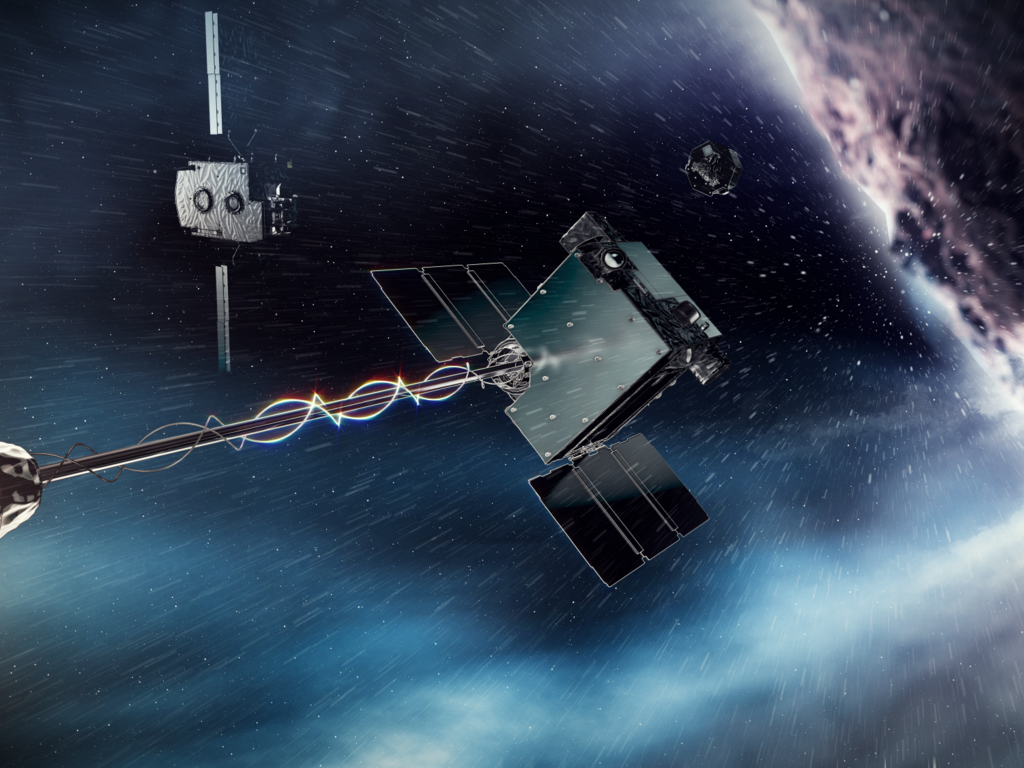
From the moon to comets: Take a walk!
Build a comet and moonwalk with space researchers
Ready to examine a comet up close, and explore the moon? Join researchers from ISAS/JAXA, the University of Tokyo, Kyoto Sangyo University and the University of Bern on a journey to these small worlds through talks (and your questions), workshop and demonstrations. With the Swiss and Japanese members of the Comet Interceptor mission, build a comet right in the Pavilion, and discover the similarities between comets and soy sauce! Then see the tiny SORA-Q lunar rover in action, and experience the moon in virtual reality. Find us at the Swiss Pavilion at EXPO 2025 Osaka on 7th of June 2025.
Agenda
The same session will be held twice: 10:30-12:00 and 14:00-15:30. Please register just for one session.
JAXA’s international cooperation in Space Research (15 min.)
- Masaki Fujimoto, Director General, ISAS/JAXA.
ESA/JAXA space mission Comet Interceptor (10 min.)
- Hideyo Kawakita, Science Lead of Comet Interceptor, Kyoto Sangyo University.
The scent of space (10 min.)
- Martin Rubin, principal investigator (PI) of mass spectrometer MANiaC on Comet Interceptor, University of Bern
Workshop and demonstrations
Virtual reality: JAXA’s lunar exploration
- Fuki Taniguchi, Public Relations Officer, JAXA International Space Exploration Center
- Ayumi Yoshihara, Public Relations Officer, JAXA International Space Exploration Center
SORA-Q lunar rover
- Erika Sugiyama, Public Relations Officer, JAXA International Space Exploration Center
How to build a comet with dry ice, water, dust and soy sauce?
- Satoshi Kasahara, PI of Plasma Suite onboard Comet Interceptor, University of Tokyo
- Kazuo Yoshioka, PI of Hydrogen Imager, University of Tokyo
- Taichi Ito, JAXA
- Hideyo Kawakita, Science Lead of Comet Interceptor, Kyoto Sangyo University
- Martin Rubin, PI of mass spectrometer MANiaC, University of Bern
More information
Bernese space exploration: With the world’s elite since the first moon landing
When the second man, “Buzz” Aldrin, stepped out of the lunar module on July 21, 1969, the first task he did was to set up the Bernese Solar Wind Composition experiment (SWC) also known as the “solar wind sail” by planting it in the ground of the moon, even before the American flag. This experiment, which was planned, built and the results analyzed by Prof. Dr. Johannes Geiss and his team from the Physics Institute of the University of Bern, was the first great highlight in the history of Bernese space exploration.
Since then, Bernese space research has been at the forefront of the field: the University of Bern regularly participates in space missions of major space agencies such as ESA, NASA or JAXA, for example with a laser altimeter on the ESA/JAXA mission BepiColombo to Mercury. With CHEOPS, the University of Bern shares responsibility with ESA for an entire mission. In addition, the Bernese researchers are among the world leaders when it comes to models and simulations of the formation and evolution of small bodies and planets, including in the context of JAXA’s Hayabusa 2 mission.
https://www.space.unibe.ch/about_us/expo_2025_osaka/index_eng.html
Comet Interceptor: visiting an ancient world
Comet Interceptor is a new type of mission with a space probe that will start its journey into space before it is even clear which comet is to be investigated. A suitable target will then be selected, preferably a comet that is coming close to the sun for the first time, so the mission will be visiting an ancient world.
Comet Interceptor is an European Space Agency (ESA) mission in cooperation with the Japan Aerospace Exploration Agency (JAXA). The University of Bern leads the development of two instruments on board: the Comet Camera (CoCa) and the Mass Analyzer for Neutrals in a Coma (MANiaC).
JAXA provides a small probe, which enables first-ever multi-point measurements of a comet in concert with ESA’s main spacecraft and another probe. The Kyoto Sangyo University leads the mission science on the Japanese side, and the University of Tokyo leads the development of two instruments onboard JAXA’s probe: the Hydrogen Imager (HI) and the Plasma Suite (PS).
https://www.isas.jaxa.jp/en/missions/spacecraft/developing/comet_interceptor.html
ISAS is leading the world in space science and exploration through missions such as the Hayabusa2 sample return from asteroid Ryugu and SLIM’s precise lunar landing. Collaborating with Switzerland and European space agencies like ESA, ISAS contributes to the advancement of international space science and exploration through scientific data sharing.
